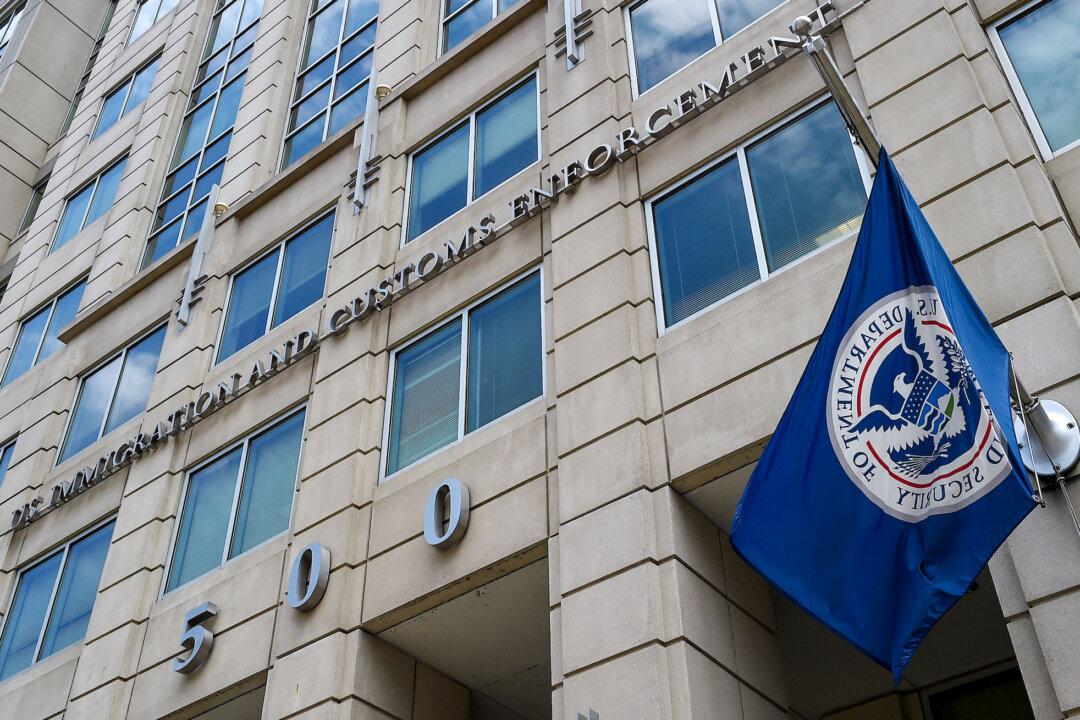The Bank of England (BoE) has become the first major central bank to hike interest rates in the pandemic era, with the move coming in response to surging inflation as officials made clear their chief focus is to tame runaway prices even as they expect the Omicron variant to weigh on the economic recovery.
While officials said the emergence of the Omicron variant poses downside risks to economic activity in early 2022, its impact on inflationary pressures remains unclear, with global cost pressures remaining “strong.”
Consumer price inflation in the UK rose in the year through November at a pace of 5.1 percent, a decade high, with BoE economists expecting that to climb even higher.
“Bank staff expect inflation to remain around 5 [percent] through the majority of the winter period, and to peak at around 6 [percent] in April 2022, with that further increase accounted for predominantly by the lagged impact on utility bills of developments in wholesale gas prices,” the BoE said in a statement, adding that it expects inflation to ease in the second half of 2022.
Incoming economic data, particularly around further labor market recovery, warranted a rate hike to bring inflation back down to the BoE’s 2 percent target.
“The labour market is tight and has continued to tighten, and there are some signs of greater persistence in domestic cost and price pressures. Although the Omicron variant is likely to weigh on near-term activity, its impact on medium-term inflationary pressures is unclear at this stage,” the BoE said, adding that its decision to hike rates reflects “the primacy of price stability” in Britain’s monetary policy framework.
The British Chambers of Commerce (BCC) reacted critically to the BoE decision to raise rates, calling the move “surprising” in light of Omicron uncertainty.
“Without real improvement to the situation supply chains are currently facing rising prices will continue to be an issue even with monetary policy responses,” he added.
Surging inflation in the United States, which in the 12 months through November climbed to its highest level in 39 years, has sparked calls for the Federal Reserve to tighten monetary conditions. Signs of strength in the labor market recovery and elevated price pressures prompted the Fed to announce on Wednesday that it was scaling back its massive bond-buying program at a faster pace, paving the way for earlier rate hikes.
“The Fed is looking to get out of the bond-buying business in double time. Just one month after initiating the taper, they have doubled the pace of withdrawal in an effort to conclude by March so they can raise interest rates sooner,” Bankrate Chief Financial Analyst Greg McBride told The Epoch Times in an emailed statement.
“The Fed retired the word ‘transitory’ from their statement and gave strong indications that they’re poised to hike interest rates once they deem the labor market to be at full employment. Definitely a more hawkish tone, and the most we have seen in some time–similar to inflation,” McBride added.
The Fed now projects core PCE, its preferred inflation gauge, to come in at 4.4 percent for 2021 and 2.7 percent for 2022, up from the 3.7 percent and 2.3 percent in September’s projections.





